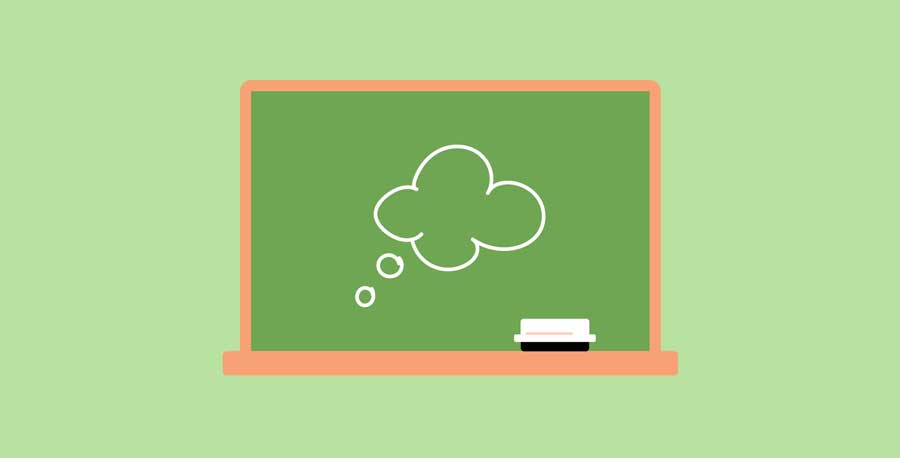
In a world of near constant stimulation and mental health challenges on the rise in youth demographics, kids need meditation now more than ever.
Most people think meditation sounds like a great idea, for adults and kids, and often say that they wish they, or their children meditated. Some of the biggest roadblocks to beginning a meditation practice are the myths that meditation is hard, requires a lot of time, or needs a zen-like location (think beach or mountain top) to practice.
Fortunately, all of the above roadblocks are indeed myths, and teaching kids to meditate, even if you aren’t a meditator yourself, is super easy and very doable, even for the busiest families.
Building meditation into your child’s daily or weekly routine is a great way to combat all of the overstimulation and stressors your child experiences. Meditation looks different for everyone and every child, and there is no “one-size fits all” way to meditate for children, or adults. There are however, many meditation techniques that are especially good for young children, like guided or moving meditations.
When teaching kids to meditate, it’s best to have no expectations and let the process unfold naturally. Over time, your child will find the style of meditation that works best for them. Like any new practice, teaching kids to meditate begins with a kid-friendly introduction.
Children often love to live in a world of fantasy and make-believe, so when you’re introducing them to meditation, meet them where they are. Instead of saying, “Let’s sit quietly and focus on our breath,” which probably wouldn’t even motivate most adults, say: “Did you know that you have magic powers to make you feel more calm and peaceful? Let’s take some calming, slow, magical deep breaths and see how much better we feel.”
You might also present meditation as a special power, like that of their favorite superhero. We know that meditation has real benefits that have been scientifically studied, but chances are, your child hasn’t been keeping up with the latest scientific literature in their free time. Instead, explain to them that meditation is like a super power that can help them become in control of their mind and body, just like a superhero.
Adults often meditate with crystals, candles, beads, incense, etc., to bring more meaning into their meditation session. Let your child choose a meditation prop as well. Your child may want a favorite stuffed animal as a meditation buddy, or perhaps has a favorite blanket that calms and relaxes them. Maybe they would prefer to hold a “magic stone” or “fairy feather,” or wear a blanket around their shoulders as a super hero’s cape. Whatever motivates them and helps them feel peaceful is perfect.
Modeling is the one of the best ways to encourage new behaviors in your child. Make a point of telling your child that you are about to do something peaceful that will make you feel wonderful: You are going to meditate.
This might sound a bit intimidating, especially if you’ve never meditated before, but there are so many ways to meditate. It’s truly as easy as taking a breath in, and then exhaling slowly. Breath by breath, your meditation practice, and your relaxation, grows. If focusing on your breath doesn’t seem like a good place to start, there are so many ways to meditate.
Another easy way to meditate is to find a beautiful or special object to hold. It might be a piece of jewelry, a smooth stone, or another object that is soothing to you. Meditate by focusing all of your attention on the object, observing, but not judging. Is it smooth or rough? What color is it? If it’s a crystal, or a piece of jewelry, how does it catch the light? Focus on the object with all of your senses.
You don’t need to meditate for long, even for just a few moments, but make sure your child can see you. They will probably want to join you, and have lots of questions. Meditating with your child is another great way to model this practice for them. Turn on a guided meditation and invite your child to listen with you. The more they see you using this practice, the more interested they will be.
You know your child best. Would they be more interested in a walking meditation, meditative drumming, or sitting outside and noticing the shapes in the clouds? Cloud meditation is an easy way to introduce breath meditation. Explain that the wind that moves the clouds is like our breath. Invite your child to your child to focus, just for a few seconds, on feeling the air going into, and then out of, their body. Have them place their hand on their tummy and feel it rise on the in-breath and flatten on the out-breath.
Say how good you feel now, after meditating, and compliment them on meditating with you. If they can focus for a breath or two, great. If not, that’s okay. Try again when they are ready. Meditation is like a muscle that gets stronger every time you do it. Before you know it seconds will turn into minutes, and your child will be meditating on their own.
Kids won’t meditate if they don’t enjoy it, so make sure to expose them to many different meditation practices. If you are new to meditation yourself, here’s a list of ten of the most common types of meditation:
1. Focused Meditation: Focusing on the breath, an object, a sound, something visual.
2. Body Scan: Scanning your body, without judgment, to notice any feelings of tension, pain or any other sensations to help you become more in-tune with your body and how it is feeling.
3. Progressive Muscle Relaxation: A practice which involves slowly tensing, then relaxing different muscles/parts of the body. The practice helps you differentiate the feelings of stress and tension, with how your body feels relaxed. In addition to being a calming practice, it gives the practitioner meditation skills to use when they are feeling tense or in a stressful or anxiety-producing situation. This is a wonderful way to feel calm anytime, or reduce feelings of anxiety when they occur.
4. Loving-Kindness Meditation (LKM) Sending loving wishes to yourself and others to promote kindness, compassion and good will.
5. Mantra Meditation. Like a focused meditation, but one in which you focus on a mantra, sound, syllable, phrase or affirmation.
6. Guided Meditation or Guided Story Meditation. An audio or visual meditation led by a meditation teacher in which you simply relax and follow along.
7. Moving Meditation. Meditating done while walking, jumping on a trampoline, rocking in a rocking chair, swinging, or doing yoga, tai chi or qigong.
8. Sound bath meditation. Using, or listening to, bowls, bells and gongs that create sound vibrations that encourage relaxation in the mind and body.
9. Visualization Meditation (Creative Imagery Meditation) Like a focused meditation, but where your object of focus is something you visualize or picture in your mind. While some struggle with this, visualization or creative imagery meditations can be very soothing in stressful situations, quickly bring on a sense of calm. They are also helpful for dealing with symptoms of pain and illness.
10. Vipassana or Silent Meditation. This is typically done in silence, focusing on the breath and observing, without judgment the thoughts, feelings and body sensations that arise during the practice.
And as a bonus, don’t forget micro meditation, a form of meditation that is done in small, two to ten minute increments, throughout the day, resulting in repetition. Micro meditation can be any form of meditation, like walking, mantra, loving-kindness, or body scan meditation.
The key principle is that, unlike some traditional methods of meditation, micro meditation is done in short bursts and at higher frequencies. As a rule, when teaching kids to meditate, it’s best to begin with guided story meditations or micro/mini meditations because kids naturally gravitate towards stories and bite sized exercises. Meditation can also be introduced alongside social emotional learning or in tandem with other social learning methods
Wee Meditate teaches children meditation through our unique method, specifically designed to help your child learn skills and benefit from meditation. All of our content takes place in Dragon’s World, a magical universe where forest characters meditate alongside your child.
To introduce your child to meditation through Dragon’s World, preview our content and sign up to begin your child’s meditation journey.

